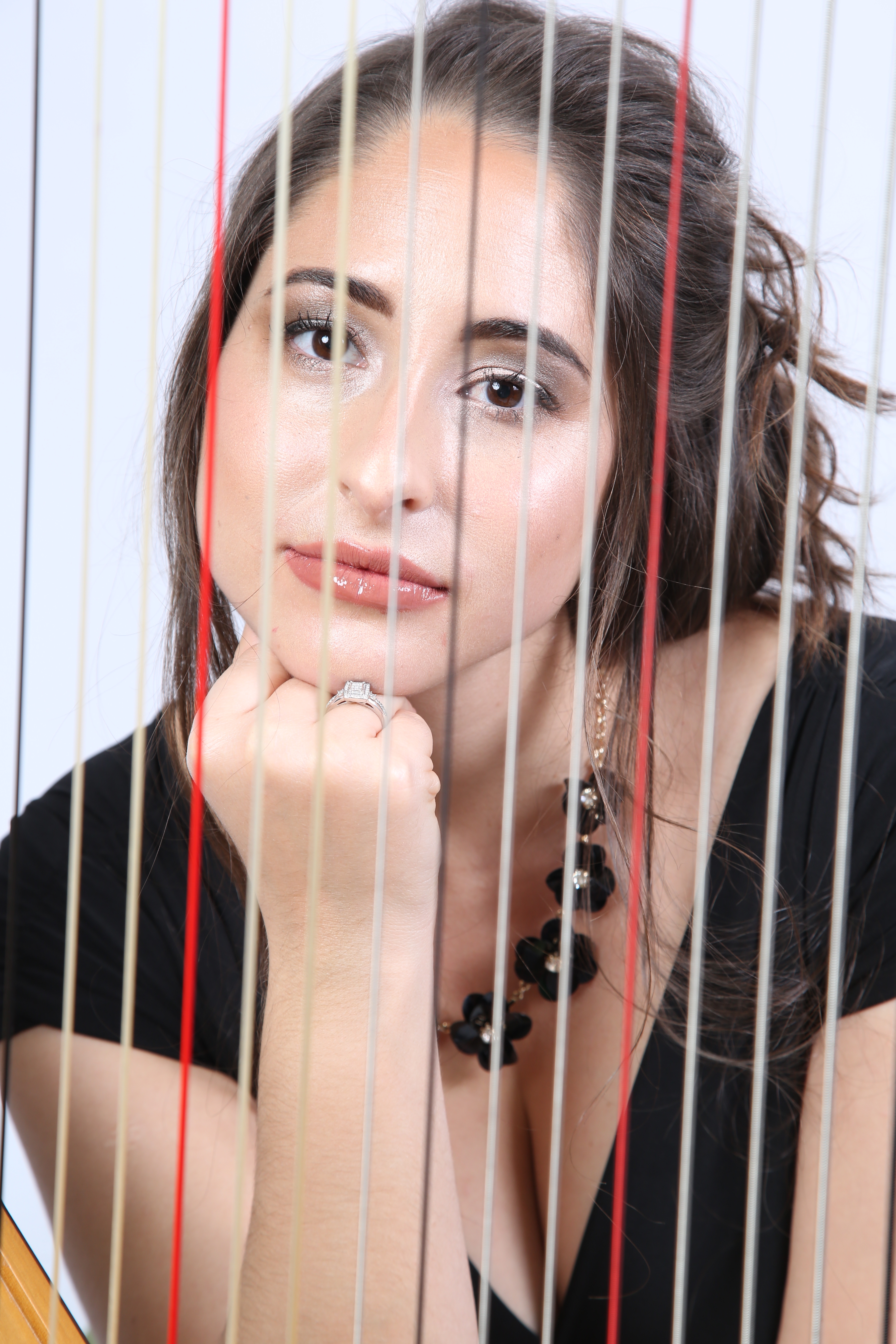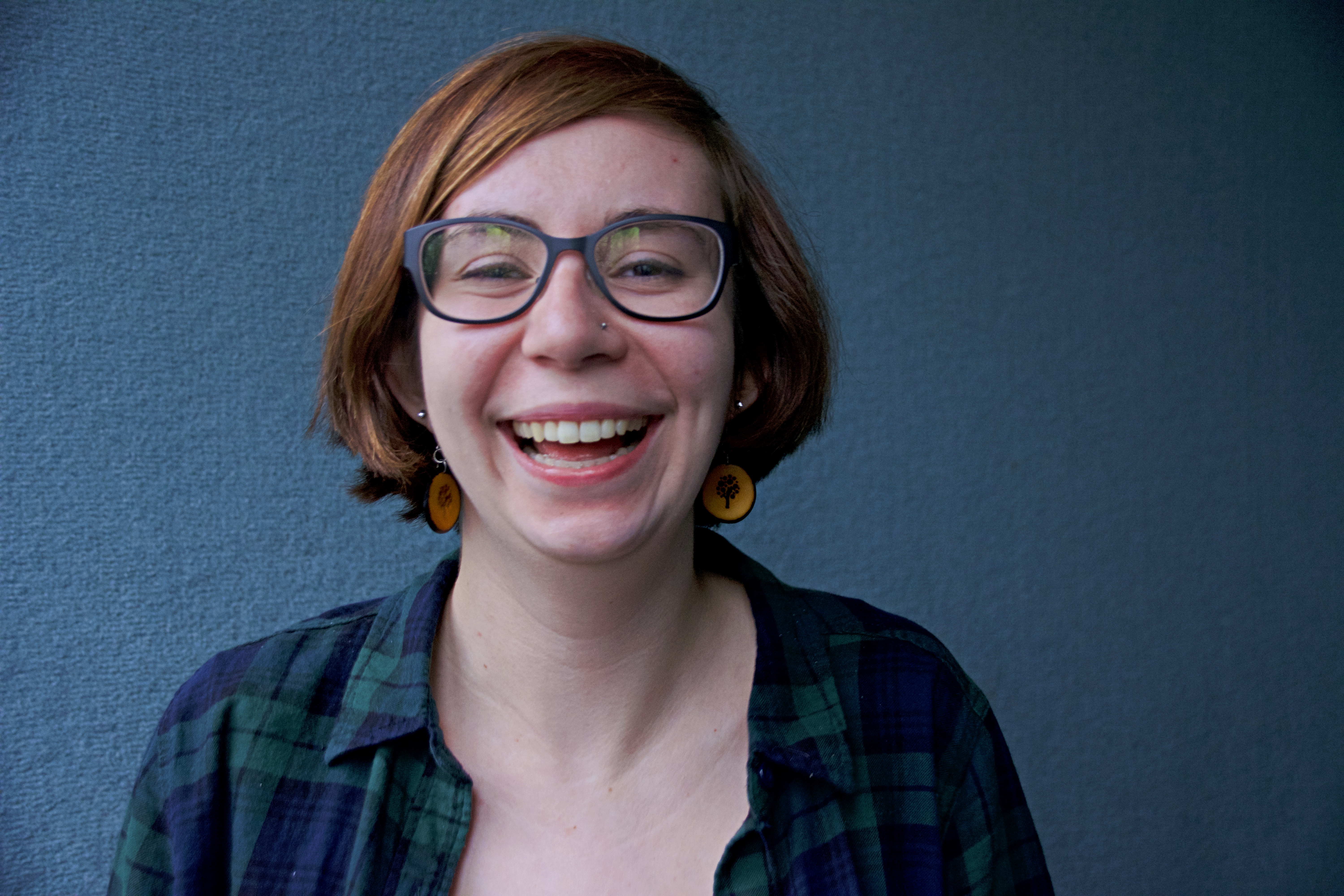Congratulations to Anabel Gutierrez and Rachel Hottle, who have won their respective categories of the 2019 International Grant Competition for two very unique projects. Read more about their work and background below:
Anabel Gutierrez (Performance category)
 Born in La Habana, Cuba, Anabel Gutierrez is currently finishing her Master of Music in Harp Performance at McGill University Schulich School of Music. Previous degrees include a Bachelor of Music Performance from the Jacobs School of Music under Susann McDonald, and a Certificate in Entrepreneurship from the Kelley School of Business. Highly interested in the development and history of the harp in Cuba, Anabel has been working actively to increase the presence of the instrument on the island, bringing international artists to perform in Cuba and creating connections between the world of the harp and the performers in the country.
Born in La Habana, Cuba, Anabel Gutierrez is currently finishing her Master of Music in Harp Performance at McGill University Schulich School of Music. Previous degrees include a Bachelor of Music Performance from the Jacobs School of Music under Susann McDonald, and a Certificate in Entrepreneurship from the Kelley School of Business. Highly interested in the development and history of the harp in Cuba, Anabel has been working actively to increase the presence of the instrument on the island, bringing international artists to perform in Cuba and creating connections between the world of the harp and the performers in the country.
Project Abstract: First-Time Tour of the Harp in Cuba
Cuba, a country full of music and sounds, has neglected the harp for more than five decades. Believed to be an instrument only for the orchestra, there are only a couple of performers and not many opportunities for solo performance. The lack of knowledge about the harp in Cuba affects not only audiences, but also professional performers, music students, and government officials. By using a national concert tour as a vehicle for creating awareness of solo harp, this project will showcase both standard solo and concerto repertoire to a variety of audiences including the general public, music schools, and students. The project aims to open a path towards the inclusion of the harp in regular performance spaces as well as demonstrating the instrument’s many possibilities to the Cuban people.
Rachel Hottle (Research category)
Rachel Hottle is a first-year music theory M.A. student at McGill University. Prior to studying at McGill, Rachel completed a B.A. in music and biology at Swarthmore College in Pennsylvania. Her primary research interests include popular music analysis, meter and form, and applications of gender studies to music theory. She currently works as a research assistant in the Music Perception and Cognition Lab at McGill.

Project Abstract: Unconventional Formal Structures and Function in the Music of Joanna Newsom
My thesis will explore form and melody in the music of critically acclaimed American composer, harpist, and singer Joanna Newsom. Newsom’s work blurs the boundaries between popular music and art music. The goal of my thesis is to analyze how Newsom interchanges and blends the formal functions in the verse-chorus paradigm to create new formal schemes. I will first categorize the formal patterns she uses in all the songs from her four LPs—The Milk-Eyed Mender (2004), Ys (2006), Have One on Me (2010), and Divers (2015). Since lyrical content rarely repeats, I will use repeating melodic patterns and chord progressions to delineate formal sections (as A, B, C, etc.). I will choose two or three songs from each formal scheme that I identify to analyze formal function, using a hybrid approach, which utilizes an expanded verse-chorus paradigm and also considers Caplin’s (2010) temporal formal functions of initiating, medial, and concluding. I will evaluate the relative stability of a section by comparing degrees of rhythmic and textural unification, harmonic stability, and lyrical repetition, assigning chorus-like or verse-like function and will also evaluate what features contribute to its temporal function within a larger section, if there is one, or within the song as a whole. It is my hope that my expanded verse-chorus paradigm will provide a method of examining formal blend and ambiguity in popular music. Moreover, I hope to investigate how features such as melody, rhythm, harmony, lyrics, and texture can contribute to the formation of formal structures and carry formal function.


